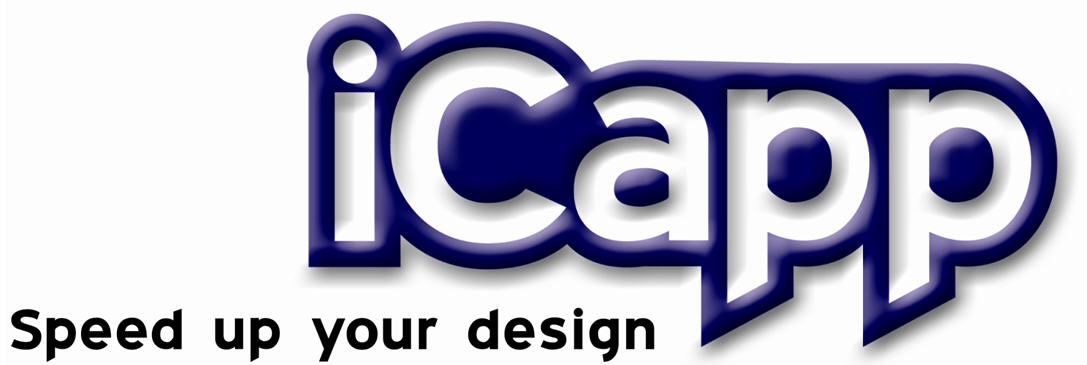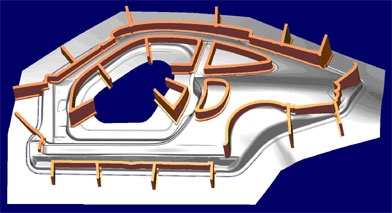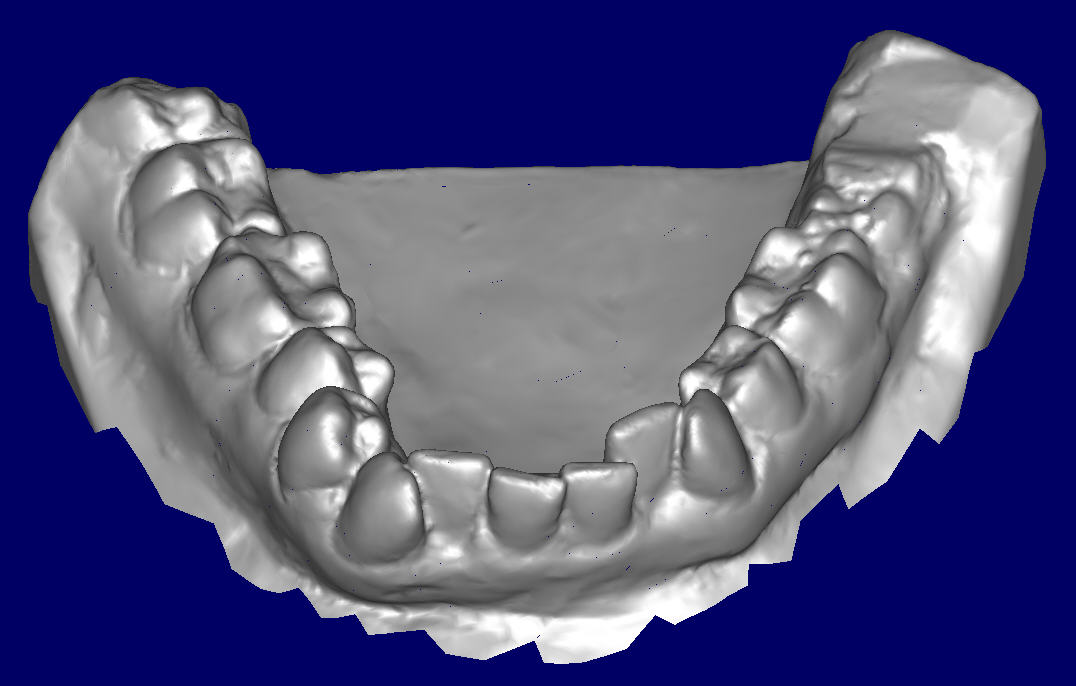


|
About iCapp
|
iCapp GmbH was founded in early 2000 by Dr. Jörg Danzberg and Dr. Stefan Schmälzle. At this time both had graduated and completed their theses, from the departments for Virtual Production (IVP) and Machine Tools and Manufacturing (IWF) of the Swiss Federal Institute of Technology, Zurich (ETH Zürich). The founders’ core applied research ideas have laid the foundation for the spin-off company. During its early years, the company focused on the development of its “MethoPlan” software, used by the automotive industry clients for tool design in car body construction.
|
|
|
In 2000, the iCapp GmbH business proposal has won a 2nd runner up award at the prestigious “Venture 2000” contest (McKinsey, ETH Zurich). The positive trend has continued in 2001, as the proposal made it into a top 10 business ideas at the "Swiss Technology Award 2001” competition. Left: The Founders on the front page of the Bilanz Financial Magazine supplement, February 2001. |
|
The Company’s Mission
|
Today the company’s core activity is development and licensing of software, used for the design and modeling of free-form surfaces. Using our synergetic specializations, NURBS computation surface formation know-how, we develop highly-efficient process-oriented tools. From our ongoing close collaboration with customers, we know that usability is of the outmost importance.
|
|
Fields of Activity |
|
|
|
|
|
Today, the field of advanced modeling software is dominated by the PLM systems, such as CATIA and UNIGRAPHICS. However, such software doesn’t provide good solution for a significant number of planning and design challenges. |
|
 |
In close collaboration with expert tool and die specialists, we develop advanced field-tested software solutions for such complex tasks. In addition to our panelshop standalone software, we develop customized plugins that integrate directly with our customers’ PLM-systems.
|
|
Digitized 3D objects can be transformed from mesh or points to NURBS surfaces. Our software is designed to capture free-form geometry of complex shapes. The data may come from any (optical) measurement device. FEA calculated data may also be used. |
|
|
Manufacturers of machine tools often develop the software, used to control the machinery, in-house. However, handling of free-form surfaces has specific complex requirements and processing algorithms. The design of turbine blades, for example, must ensure that the blade face curvature remains constant and unchanged. To help handle such tasks, we develop custom libraries, which are supplied with or without a GUI. These libraries may be utilized by the client-developed software.
|
|
|
We also offer our software on a SaaS (software-as-a-service) basis. A main focus here is reverse engineering. |
|
 |
Using our own powerful software functionality, we can make significantly increase the precision of NURBS surface approximation. This functionality is often required, whenever other parameters (e.g., symmetry) must be defined, in addition to tangents. Our software can handle a broad spectrum of parts and objects, for example ship hull surfaces, sheet metal parts and medical implants.
|